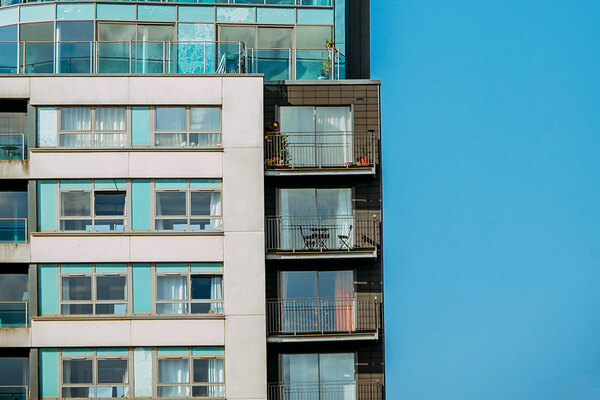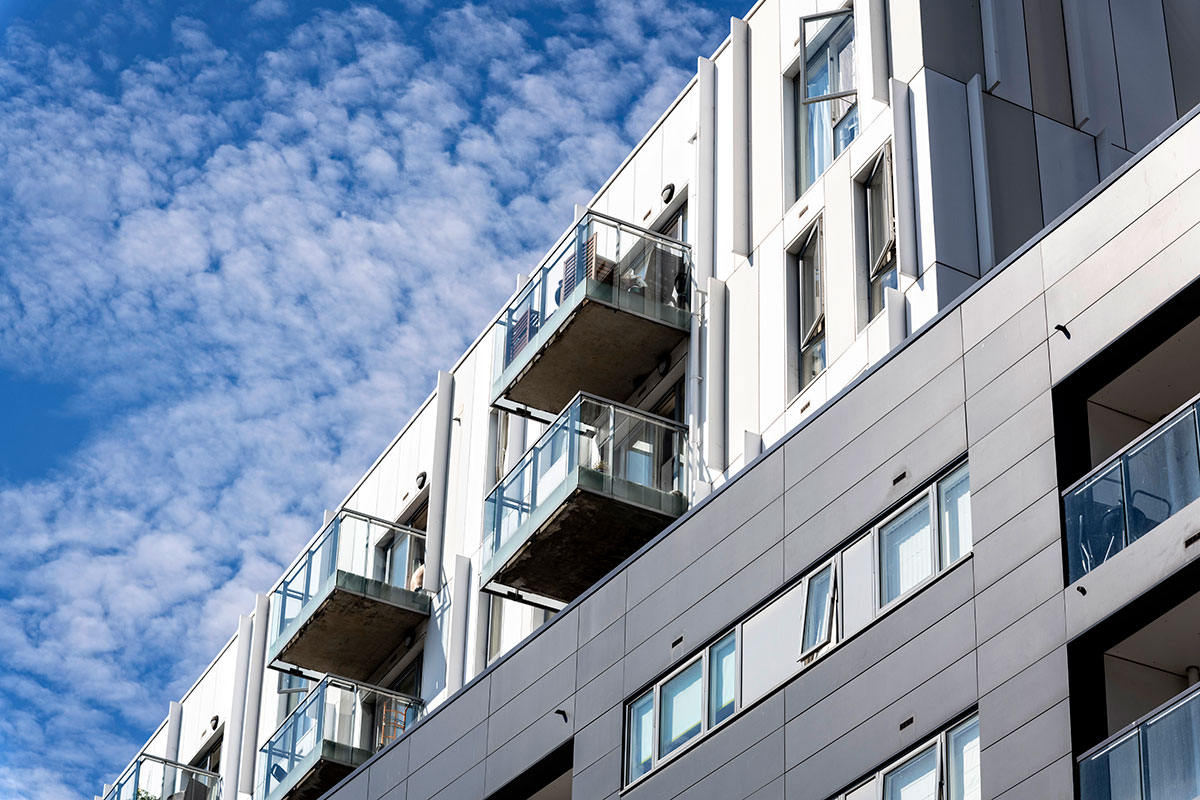What does Inside Housing’s survey of leaseholders impacted by the cladding crisis show?
Who are the people living in the UK’s dangerous flats? How much are they being asked to pay? And is the crisis going to impact how they vote? Inside Housing’s exclusive survey reveals all
Over the past week, Inside Housing has been attempting to gather one of the key factors missing from the building safety crisis: data.
Our survey of those living in towers with vast remediation costs has been circulating on the closed social media groups and WhatsApp chats set up by victims of the crisis over the past seven days.
The results, based on the responses of 1,342 leaseholders, represent the first major survey of this group. So what have we learned?
Who is affected?
The survey obtained responses covering a wide geographical spread – 51 local authorities from Aberdeen to Dorset, including every country in the UK. The largest share of responses came from Manchester, London and Birmingham.
They show that the typical leaseholder is a first-time buyer (56.4%), which is to be expected given that this is a crisis solely impacting flats. They are also mostly younger people (30.6% are aged 18-35 and 33.6% are aged 35-50), but there is a not-insubstantial number of retirees (18%), making this a cross-generational crisis.
The majority are on middle incomes – 34.3% have a household income of less than £35,000, while 59.5% earn less than £50,000. They own average properties, not luxury flats, and 57.2% of affected homes have a pre-crisis value of below £250,000.
What is wrong with their flats?
The vast majority require the removal of combustible cladding (87.4%), but this is far from the only issue that needs addressing.
A total of 68.3% respondents say their blocks require repairs to defective fire breaks; 59.3% require the removal of combustible balconies; 53.6% require repairs to internal compartmentation; 42.3% require alarms or sprinklers; and 30.6% require replacement fire doors.
A range of other issues were also identified, from unprotected steel work to repairs to firefighters’ lifts.
How much are they being asked to pay?
The survey blew away a previous government estimate that the average cost for remediation would be £9,000 per leaseholder. According to our survey only 11.6% are in the £0 to £10,000 bracket.
The most common response (28.7%) fell in the £30,000 to £50,000 range. In total, 62.5% of respondents face a total bill of above £30,000 to pay for this and alarmingly 15.4% say they face a bill of more than £100,000.
These costs are imminent for many, with 41.7% saying they have already been served with a Section 20 notice by their freeholder. In perhaps the most troubling figure in the survey, 17.2% say they have already begun exploring bankruptcy proceedings.
In a free text box included in the survey, for respondents to describe the impact paying these bills would have on their lives, dozens listed bankruptcy or the loss of their home.
“It would wipe out my life savings and delay retirement indefinitely,” one respondent said. “It would also make me fearful of reaching old age with insufficient funds for even a basic standard of living. This after working, saving and living within my means all my life.”
What about the cost of interim measures?
Interim costs – bills that fall on leaseholders’ mats before an inch of cladding has been removed – were also shown to be significant. The primary two were bills for waking watches (the 24-hour patrols in place to alert residents to a fire) and increased insurance premiums.
The most common figure for each was between £100 and £250 per month, but 13% of those paying for a waking watch said the cost was more than £500 a month and 20.8% of those paying boosted insurance said it came to more than £500.
Asked how they were coping with these repayments, 72.1% said they had cut down on other spending, while 65.4% have spent personal savings to cover these costs, 20.9% have borrowed from friends or family, 12.4% have taken on extra hours at work, 7.1% have taken a second job, and 5.6% have taken out a private loan.
Has this affected their political views?
The answer to this appears to be a resounding ‘yes’. The leaseholders responding had a fairly even mix of political affiliation: 38% of respondents voted Conservative at the last election in 2019, while 39.8% voted Labour, 12.7% voted Liberal Democrat and the remainder voted for other parties.
Of all respondents, 82.7% said the cladding crisis will influence how they vote next time. Interestingly, this was roughly consistent across both political parties, with 79.3% of Conservative voters saying it would have an impact and 85.6% of Labour voters saying so.
Asked what they thought of the government’s potential plan to force leaseholders to repay loans taken by leaseholders, there was widespread disgust.
A free text response box on the loans plan contained responses such as “disgusting”, “unacceptable”, “unfair” and “outrageous”.
“Terrible! This is a national scandal,” one leaseholder wrote. “The government should fund repairs in the short term to save people’s anxiety and potential bankruptcy and homelessness and in parallel seek reparations from those that are at fault.”
“It’s infuriating because it feels like such an injustice,” said another. “This is no fault of leaseholders and in fact by paying we are only paying to upgrade a freeholder’s asset. A loan would leave me completely depressed.”
Case study: I’ve voted Conservative all my life, but this might change things
Geoffrey Taylor lives in the Hemisphere building in Edgbaston, Birmingham, which requires the removal of combustible cladding as well as repairs to fire breaks and cavity barriers.
The development’s 344 leaseholders have already shared a £195,000 bill for waking watch patrols and a £200,000 bill to cover the cost of surveys and intrusive reports. The estimated cost of remediation is £13.8m, which equates to about £40,000 each.
At the age of 50, Mr Taylor fears that all the money he has saved for his retirement will be swept up to pay for the cladding remediation.
“I think [the government] haven’t confronted the crisis at all and the few things they have done have been quite tokenistic”
He describes himself as “new-school” Tory, having grown up on a council estate with working-class parents but making it to grammar school and subsequently earning enough to buy his own flat.
“The idea of Thatcherism – people working hard and doing better than their parents and grandparents – did really sit well with me,” he says.
However, he has been disillusioned by the way the party has handled the cladding crisis.
“I think they haven’t confronted the crisis at all and the few things they have done have been quite tokenistic,” he says. “If you look at how fast they acted to bail out the bankers, or set up the furlough scheme, it just doesn’t feel like this has had enough urgency.”
He says the support he has been given by his local Labour MP, Preet Kaur Gill, is swaying him towards voting Labour for the first time in his life at the next election.
Sign up for our fire safety newsletter
Already have an account? Click here to manage your newsletters






